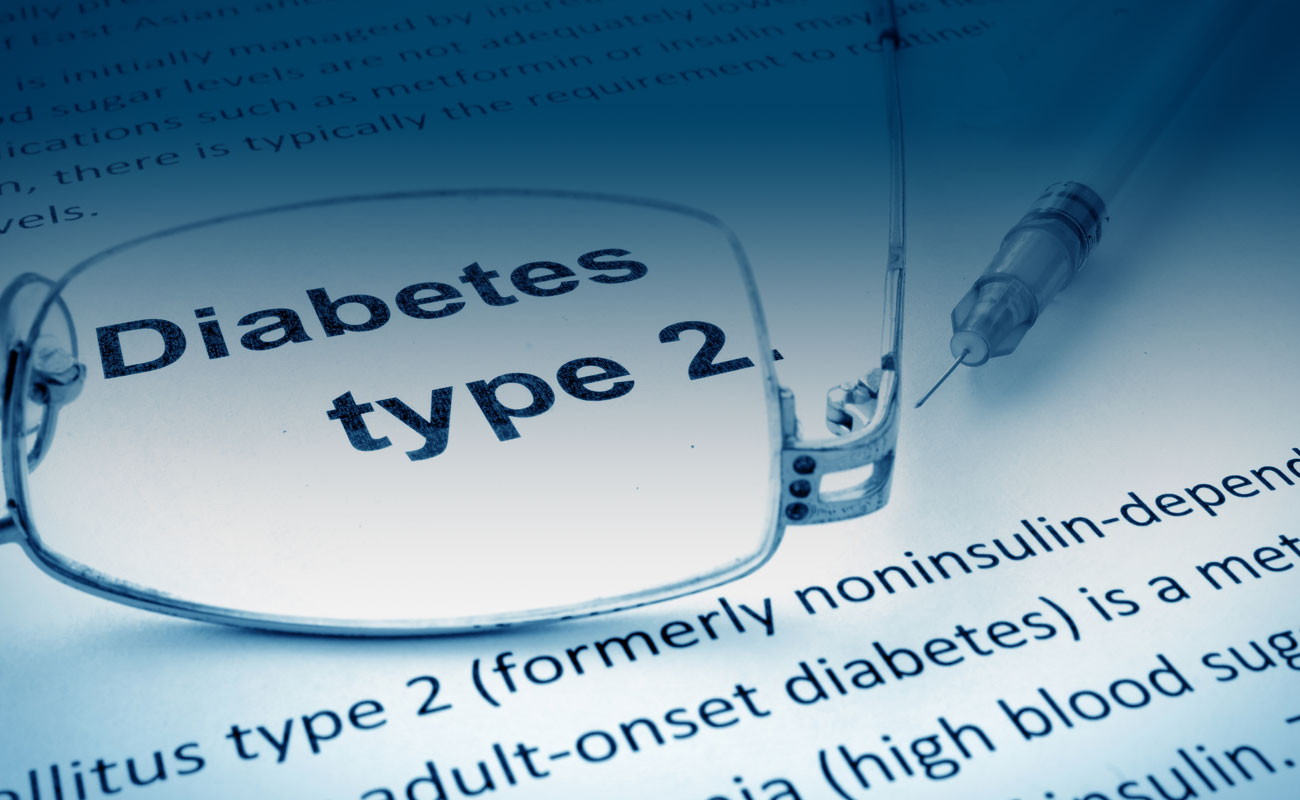The ongoing opioid crisis has produced a surge in neonatal abstinence syndrome (NAS). NAS often occurs when a child who was exposed to opioids in utero undergoes withdrawal upon delivery; afflicted newborns exhibit an array of symptoms, including low birth weight, seizures, and difficulties with breathing and feeding. From 2000 to 2012, the incidence of NAS quintupled. In some hospitals, NAS now accounts for 50% of NICU hospital days.
Public health officials need up-to-date, comprehensive information to work toward limiting the extent, cost and severity of NAS. But they often lack even basic metrics; in many states, NAS has not yet been designated a reportable condition.
Health Monitoring recommends implementing data-gathering systems in maternity wards to provide relevant, consistent real-time data about the occurrence of substance use disorder among new mothers and of NAS among newborns.













